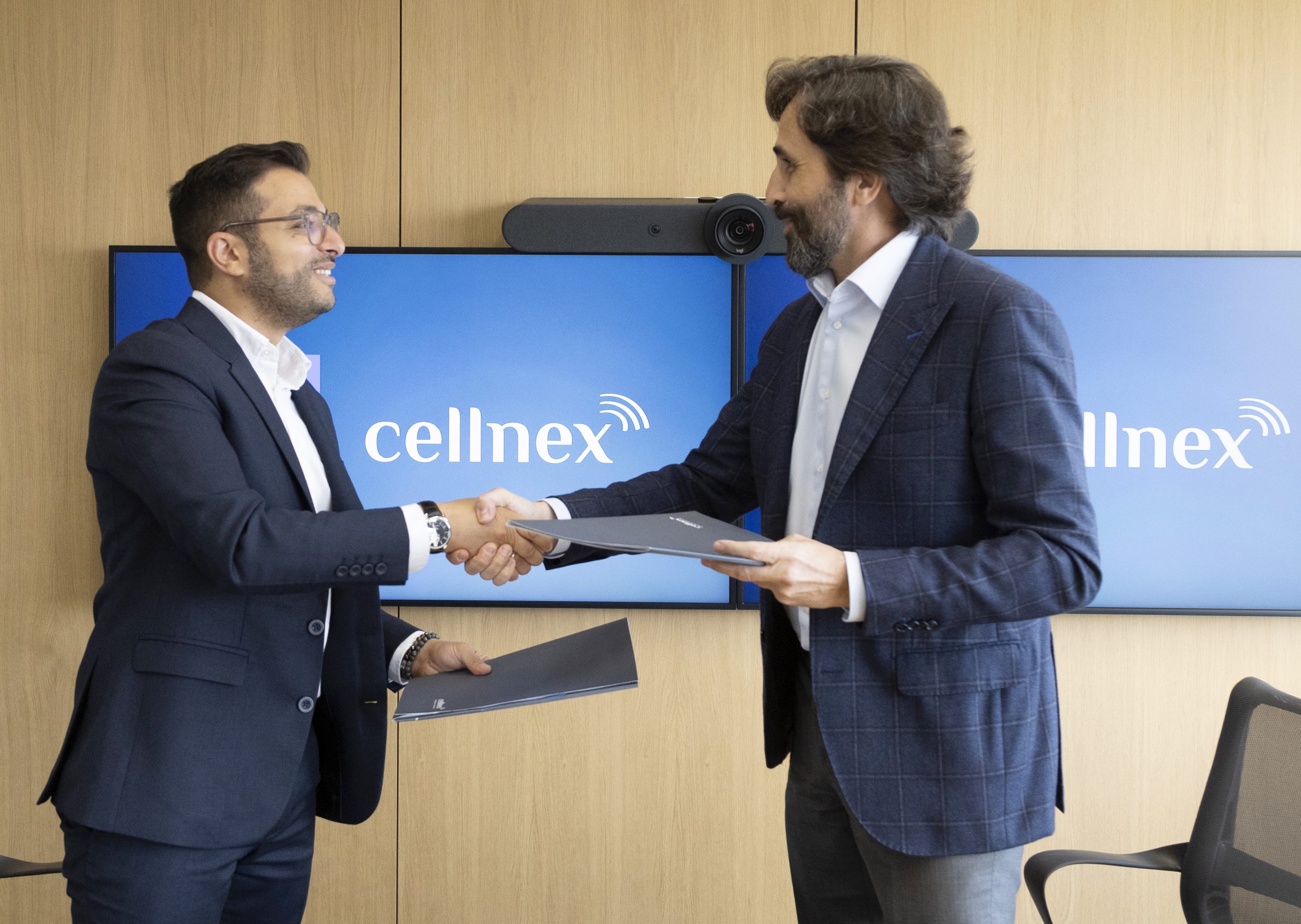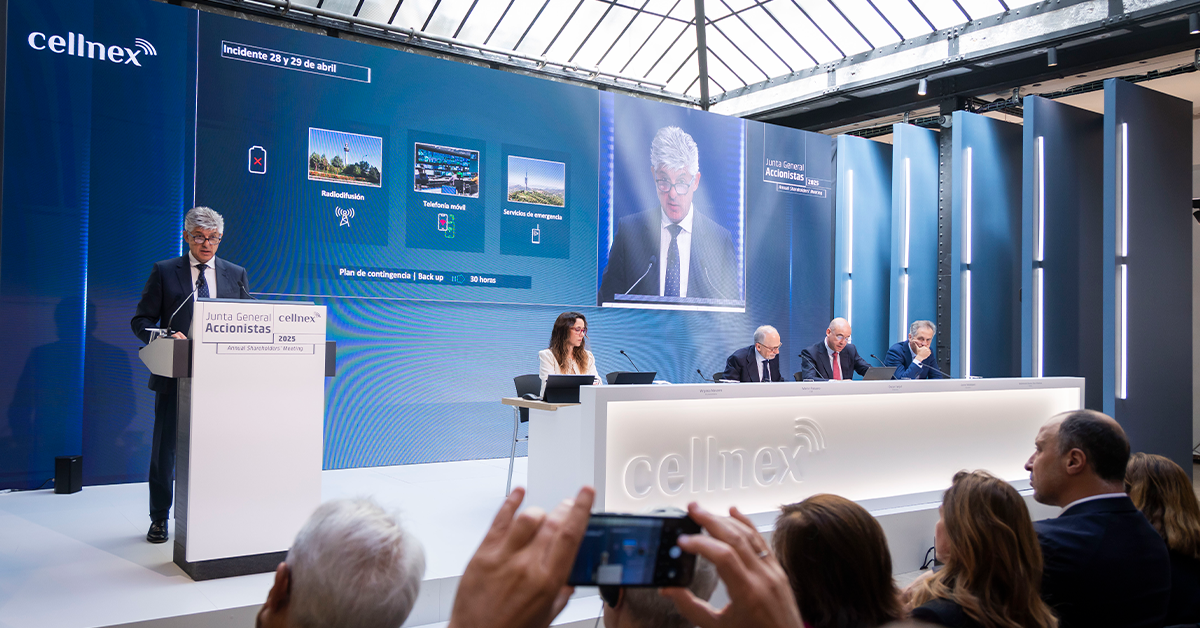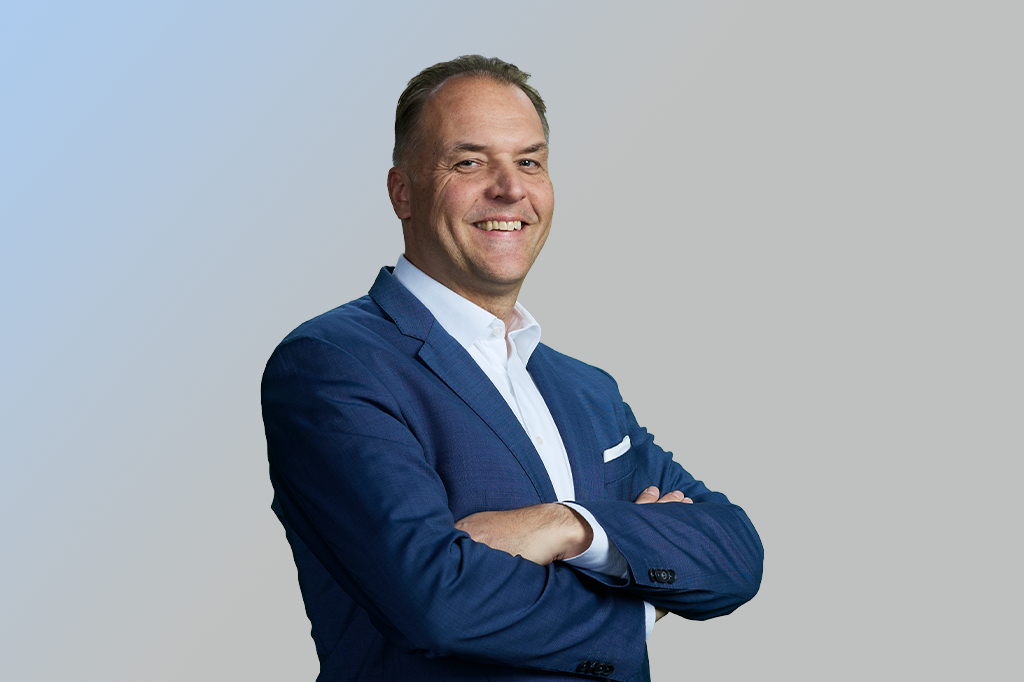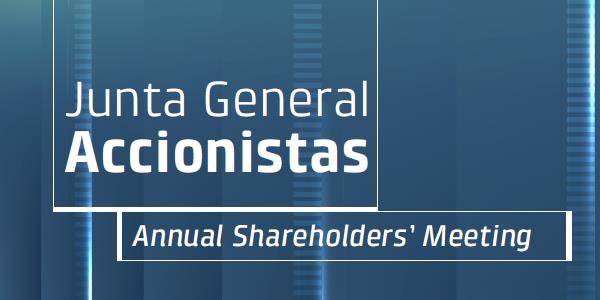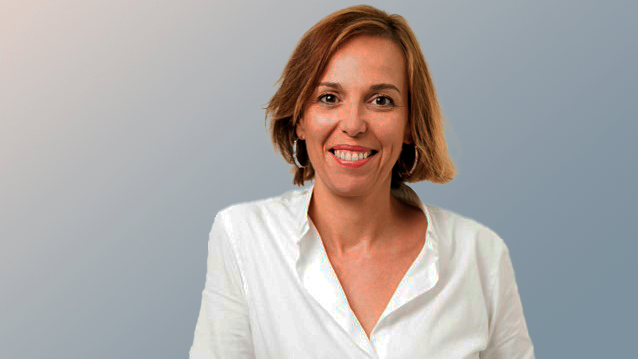Sustainability

Social projects
- Community Relations
- Human rights
1/2
The Strategic Priority “Being a Facilitator of Social progress”, in the Cellnex ESG Master Plan, identifies an action to create materials to explain to the public that 5G networks are designed to minimise power and they use a new, advanced and highly efficient radio architecture resulting in optimised levels of exposure to electromagnetic fields. In this regard, the Cellnex UK team wanted to raise awareness of the benefits of 5G, provide opportunities for the public to self-educate on this topic through a clear Communication and Action Plan based around education, information, process, best practice, partnerships and duty of care.
This approach is largely centred around signposting communities to reliable sources of information on 5G health and safety, such as by the WHO, ICNIRP and the UK Health Security Agency. Also to ensure best practice engagement with communities as part of the delivery process and help explain the need for apparatus on the sites and benefits of mobile connectivity. The team continues to build its communication through a Community Relations Strategy based around education, information, process, best practice, partnerships and duty of care. All this community liaison work is designed to minimise risk and disruption to Cellnex UK business infrastructure, customer delivery and growth.

Cellnex is firmly committed to respecting and promoting human rights, such as freedom of association, effective recognition of collective bargaining, the elimination of all forms of forced and compulsory labour, the effective abolition of child labour and human trafficking, and the elimination of discrimination in employment and occupation including migrant workers, in all its daily operations and throughout its global value chain.
The company’s Human Rights Policy ensures that all employees are treated with dignity and respect and that their fundamental rights are protected. The policy is designed to safeguard the human rights of all stakeholders, including employees, contractors, third parties employees and local communities affected by the company’s operations.

Community Relations
The Strategic Priority “Being a Facilitator of Social progress”, in the Cellnex ESG Master Plan, identifies an action to create materials to explain to the public that 5G networks are designed to minimise power and they use a new, advanced and highly efficient radio architecture resulting in optimised levels of exposure to electromagnetic fields. In this regard, the Cellnex UK team wanted to raise awareness of the benefits of 5G, provide opportunities for the public to self-educate on this topic through a clear Communication and Action Plan based around education, information, process, best practice, partnerships and duty of care.
This approach is largely centred around signposting communities to reliable sources of information on 5G health and safety, such as by the WHO, ICNIRP and the UK Health Security Agency. Also to ensure best practice engagement with communities as part of the delivery process and help explain the need for apparatus on the sites and benefits of mobile connectivity. The team continues to build its communication through a Community Relations Strategy based around education, information, process, best practice, partnerships and duty of care. All this community liaison work is designed to minimise risk and disruption to Cellnex UK business infrastructure, customer delivery and growth.

Human rights
Cellnex is firmly committed to respecting and promoting human rights, such as freedom of association, effective recognition of collective bargaining, the elimination of all forms of forced and compulsory labour, the effective abolition of child labour and human trafficking, and the elimination of discrimination in employment and occupation including migrant workers, in all its daily operations and throughout its global value chain.
The company’s Human Rights Policy ensures that all employees are treated with dignity and respect and that their fundamental rights are protected. The policy is designed to safeguard the human rights of all stakeholders, including employees, contractors, third parties employees and local communities affected by the company’s operations.
































